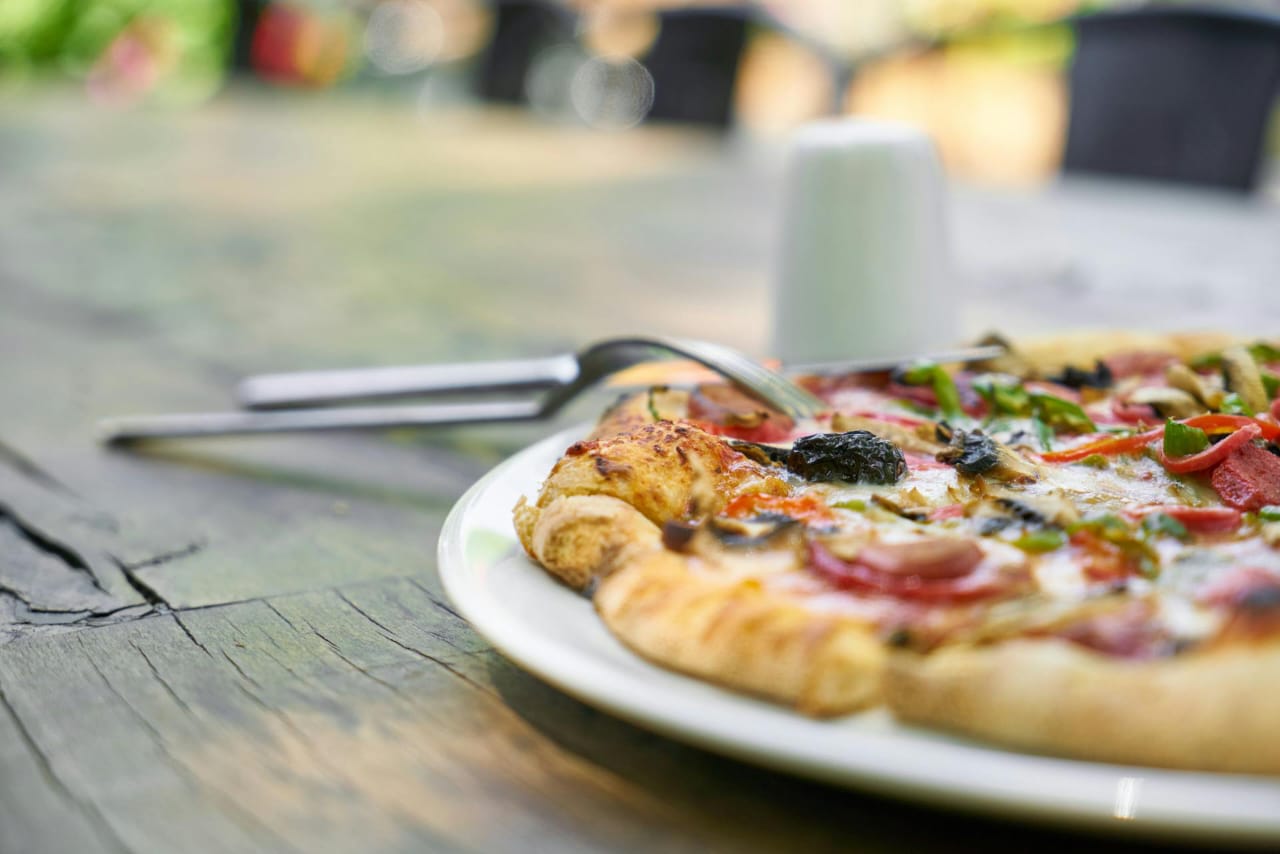Recent surveys show that the average American eats 156 slices of pizza per year. That’s almost 20 pizzas per person. Research likewise shows that at least 11 percent of adults are living with high cholesterol and almost half don’t even realize it. On top of that, up to 25 percent of children and teenagers have unhealthy cholesterol levels. If you’re thinking there’s a correlation here, studies show that you may be right.
Wait a minute, though. Pizza is relatively healthy right? After all, if you choose the right one, it’ll give you most of the basic food groups in a single meal. That includes carbohydrates, fats, dairy, proteins, and vegetables. Though that’s true to an extent, the proportions of those food groups are the main problem here. Pizza mainly consists of unhealthy fats and carbohydrates with a little protein, dairy, and vegetable mixed in. With that being the case, pizza and cholesterol issues tend to go hand in hand.
How Pizza Can Contribute to High Cholesterol Levels
Pizza can contribute to high cholesterol levels in several ways. As mentioned, it’s incredibly high in unhealthy fats. Toppings like pepperoni, sausage, cheese, bacon, and ham are high in saturated fats. Crust and certain toppings generally contain high levels of trans fats. Those types of fats can raise LDL, or bad cholesterol, levels. They can also lower HDL levels, which refers to good cholesterol. Neither of those effects is positive, and that’s only the beginning.
Refined Carbohydrates

Pizza also affects cholesterol levels because of the refined carbohydrates in its crust. Those can cause weight gain, and weight gain increases your chances of having high cholesterol. It also raises the risk of developing several other health issues, including high blood pressure, diabetes, heart disease, stroke, and kidney disease among others. Our bodies need carbohydrates for energy, keeping blood sugar regulated, and aiding in digestion. Still, too much of a good thing is generally bad.
Sodium
Another problem with pizza is its exorbitant sodium content. Almost everything you’ll find on pizza has a great deal of salt in it. That can lead to high blood pressure, which contributes to high cholesterol. High blood pressure and high cholesterol levels typically work together to create a dangerous downward spiral. Both can lead to many of the previously mentioned health issues, such as kidney disease and an increased risk of stroke.
Portion Control
Having said all that, one of the main problems that link pizza and high cholesterol is portion control. Having one or two pieces on occasion isn’t necessarily harmful. Most people don’t stop at that, though. Many of us have a few pieces for dinner, a couple more for breakfast the next morning, and more leftovers for lunch later on. In some cases, people order pizza multiple times per week. That excess fills us full of extra calories, fat, and all those other unhealthy compounds.
Maximizing Health and Minimizing Pizza Intake
Pizza does, in fact, offer many of the components our bodies need for energy and metabolism. It can provide certain amounts of essential vitamins and minerals as well. Unfortunately, it also contains high levels of unhealthy fats, sodium, and refined carbohydrates. Those downsides tend to outweigh the benefits. Though pizza isn’t solely responsible for high cholesterol levels and other health issues, it’s definitely a contributing factor for most people. Keeping things in moderation and taking measures to mitigate high cholesterol can help you stay healthy without forcing you to sacrifice an occasional slice of pizza to satisfy those cravings.



